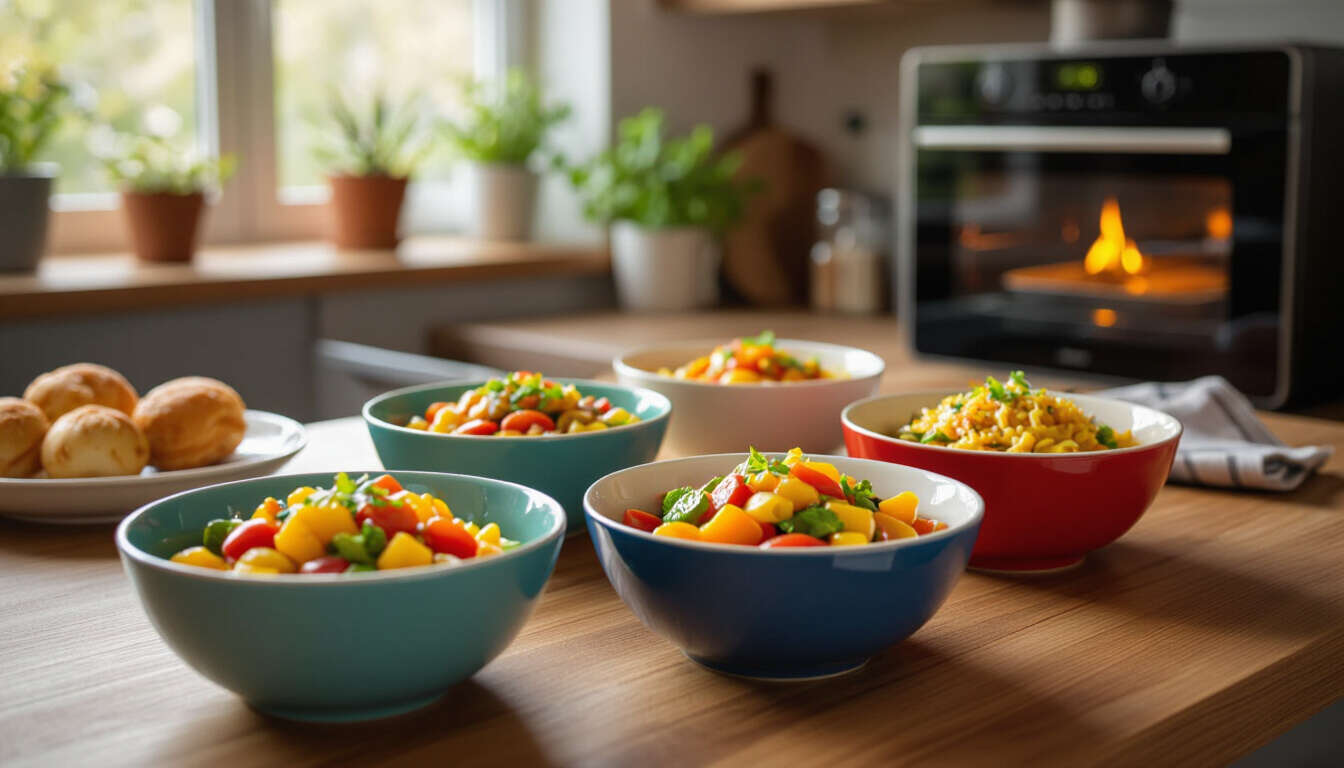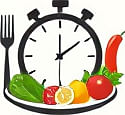Streamlining Meal Reheating for Busy Schedules
 by Shanie Goodwin
by Shanie Goodwin
Efficient meal reheating keeps your prepped meals tasty and nutritious, saving time for busy professionals. Learn quick methods like microwave techniques and simple tools to maintain flavor while balancing work and healthy eating. Ideal for quick weekday routines.

Many busy professionals face the challenge of maintaining a healthy diet amid tight schedules. Efficient meal reheating plays a key role in this balance, allowing you to enjoy nutritious meals without extra effort. By focusing on simple techniques, you can preserve taste and quality while freeing up time for other priorities.
Why Reheating Matters
Reheating is essential for meal prep success. It ensures that your prepared foods remain safe and appealing. For instance, proper reheating can help retain essential nutrients in vegetables and proteins. One effective approach is using basic kitchen tools to achieve even heating.
Microwave Methods
The microwave offers a fast way to reheat meals. Start by covering your food with a microwave-safe lid to trap steam and prevent drying. For example, rice dishes reheat well in just two minutes at medium power. Remember to stir halfway through for uniform results. This method works wonders for items like pasta or soups, making it ideal for quick lunches.
Another tip is to add a splash of water before reheating. This keeps meals moist and flavorful, especially for leftovers from the previous day. While microwaves are convenient, they might not suit everything, so knowing your options helps.
Oven and Stovetop Alternatives
Sometimes, a microwave isn't the best choice. Using an oven provides a gentle way to reheat larger portions. Preheat to a low temperature and cover dishes with foil to lock in moisture. This works particularly well for roasted vegetables, bringing back their original texture without overcooking.
On the stovetop, a simple pan with a bit of oil can revive stir-fries or meats. Heat over medium settings and stir occasionally for even warmth. These methods are practical for maintaining the integrity of your meals, especially when you have a few extra minutes.
Time-Saving Hacks
To make reheating even smoother, organize your kitchen setup. Keep reheating tools like lids and thermometers handy. Portion meals into single servings ahead of time, so you only reheat what you need. This reduces waste and speeds up the process.
Incorporate quick recipes that reheat easily. For example, prepare a simple quinoa salad with fresh veggies and store it in the fridge. When ready, it reheats in under five minutes, offering a nutritious option for busy days. Experimenting with these hacks can transform your routine into something more manageable.
Keeping It Nutritious
Focus on meals that hold up well during reheating. Choose ingredients like whole grains and lean proteins that maintain their value. Avoid overcrowding containers to ensure air circulates, promoting better results. By applying these strategies, you can enjoy balanced eating without added stress.
In summary, adopting efficient reheating practices supports your efforts to stay healthy and productive. With these approaches, you'll find it easier to integrate nutritious meals into your daily life, motivating you to keep going strong.
